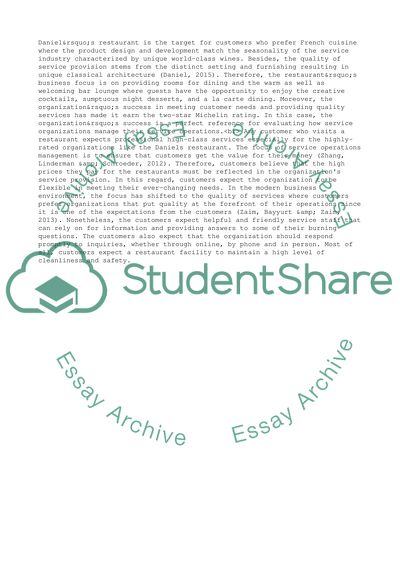Cite this document
(Service Operations Management in Daniel Restaurant Case Study, n.d.)
Service Operations Management in Daniel Restaurant Case Study. Retrieved from https://studentshare.org/management/1690111-service-operation-management
Service Operations Management in Daniel Restaurant Case Study. Retrieved from https://studentshare.org/management/1690111-service-operation-management
(Service Operations Management in Daniel Restaurant Case Study)
Service Operations Management in Daniel Restaurant Case Study. https://studentshare.org/management/1690111-service-operation-management.
Service Operations Management in Daniel Restaurant Case Study. https://studentshare.org/management/1690111-service-operation-management.
“Service Operations Management in Daniel Restaurant Case Study”, n.d. https://studentshare.org/management/1690111-service-operation-management.


